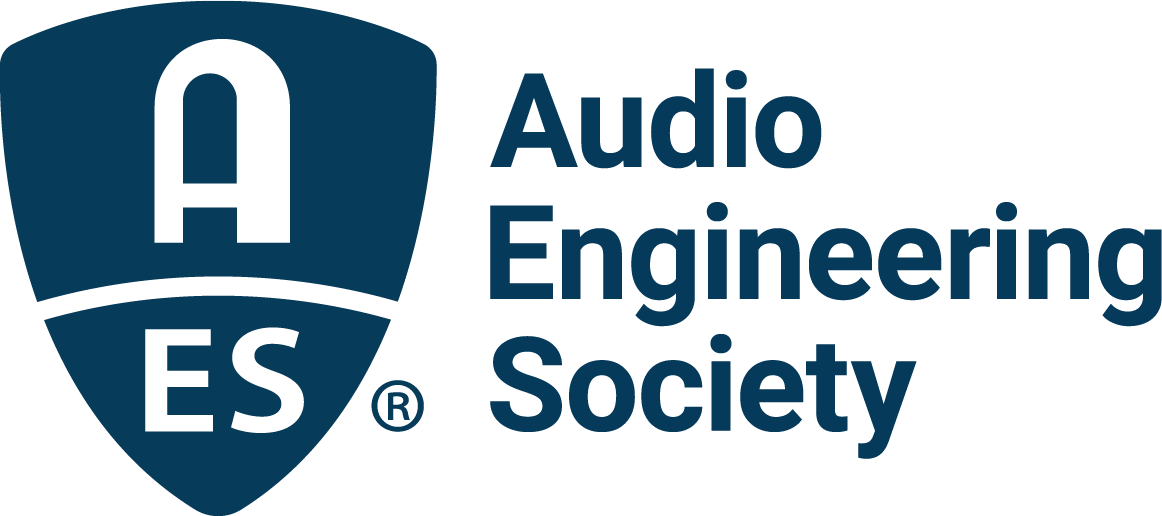The AES Audio Product Education Institute (APEI), created to promote methodologies, practices and technologies involved in developing and bringing audio products to market, is producing a free webinar focused on “Modeling and Measurement of True Wireless Stereo (TWS) Wearables” on Tuesday, July 20 (12:00pm EDT).
Strong consumer acceptance prompted true wireless stereo (TWS) devices to become the most dominant category of product shipments in the past few years. The increased demand drove down selling prices, and with the market’s low barrier to entry, the mature supply chain resulted in better devices at lower price points. Vast shipments of these devices flooded the market in a short period of time. TWS earbuds are one of many wearable devices and are popular for pairing with smart watches, phones, and laptops. The audio playback and voice sound quality of the many different products varies significantly.
In this online event, Jinlan Huang (Lead Applications Engineer, COMSOL), Steve F. Temme (President, Listen, Inc.) and Roger Shively (Co-founder and Principal of JJR Acoustics) will share their unique perspectives in three separate presentations, with an opportunity for attendees to ask questions at the end. The event will provide unique insights on the broad spectrum of techniques used to validate the development and design of TWS earbuds. This session will look at the subjective evaluation, acoustic measurement, and simulation of some typical, popular TWS earbuds.
The first session, “Voice Sound Quality Assessment Over TWS Earbuds,” presented by Roger Shively, will detail the results of subjective evaluations of the voice quality received via a number of TWS earbuds. Audio examples of TWS devices in mostly live and mostly dead acoustic environments will be played with corresponding frequency response data shown. Finally, the description and results of listening tests performed for these devices will be shared.
Addressing the notorious challenges of “Testing the Audio Performance of Hearables,” Steve Temme will explain how to address these unique Bluetooth® designs. TWS earbuds may contain signal processing including background noise filtering, voice activity detection from microphones, equalization and active noise cancellation on the playback side. This means that their characteristics change according to real-world conditions. Furthermore, for a complete evaluation, their multifunctional nature creates the need to test voice recognition, music playback, communication and hearing-assist features, and with repeated testing in the presence of varying environmental parameters. The session will address ways to acoustically measure these complex devices.
In the final session, “Using Simulation in the Design of Hearable and In-Ear Audio Devices,” Jinlan Huang will discuss how to design these in-ear audio devices, looking at examples that investigate the acoustics of an occluded human ear canal and study the effect of unwanted leaks or on-purpose open solutions in an earbud setup. The presentation will also detail the acoustics of a generic head and torso simulator used to produce a head-related transfer function (HRTF), the modeling of a balanced armature receiver and how to study the interaction between the transducer and the rest of the system.
This new webinar from the Audio Product Education Institute’s Modeling and Measurement education pillar underscores the AES’s commitment to providing its membership and the industry at large with information on real-world solutions for audio product development.
Learn more here: audioproducteducationinstitute.org/modeling-and-measurement-of-true-wireless-stereo-wearab…
Register here: https://aes.perigonlive.com/1-evtcb5f5f6cc822476d92febde2257aead2

